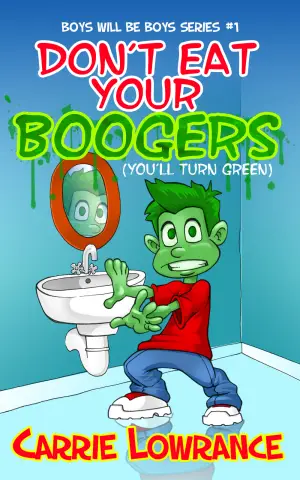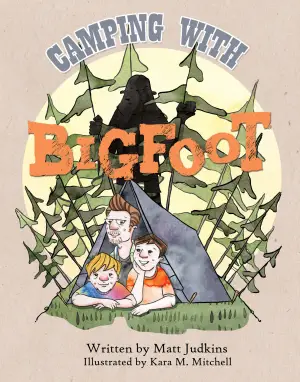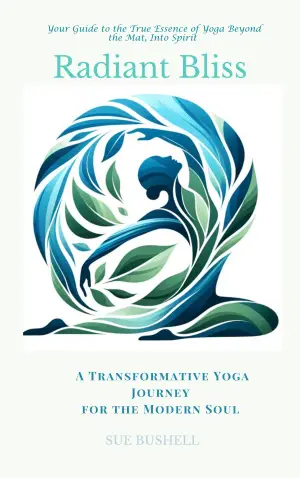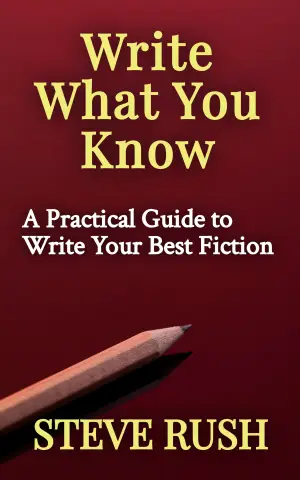Book Review: Trans: When Ideology Meets Reality by Helen Joyce
When I first encountered Helen Joyce’s Trans: When Ideology Meets Reality, I felt a sense of anticipation mixed with trepidation. As a book blogger, I often find myself drawn to topics that ignite passionate debate, and this book distinctly falls within that realm. Joyce, a seasoned journalist, promises to delve into the complexities of gender ideology while exploring the consequences it has on society—and boy, does she deliver.
From the outset, Joyce articulates a compelling argument that cuts through the often muddled discussions surrounding gender identity. Her central thesis—that people should be recognized as men or women based on their feelings and declarations rather than their biological sex—forms the crux of her investigation. As she reflects on the societal implications of this ideology, I found myself grappling with her assertion that these ideas have far-reaching consequences, particularly for those who do not identify as transgender. It’s a notion that lingers long after reading her words: “Ideas have consequences.”
Joyce’s writing style balances clarity with a journalistic edge. She weaves historical context with modern issues, making the reading experience both enlightening and alarming. The structure of the book allows for a comprehensive journey through the evolution of sex reassignment surgery and the increasing medicalization of gender identity in children, while interspersing personal anecdotes and research findings. One particularly striking chapter examines the shift in educational discourse, where the focus on broadening perspectives seems inverted, now steering children towards rigid gender stereotypes.
What resonated deeply with me was her critique of how gender ideology seeks validation from society as a whole, contrasting it with other belief systems typically held in private. This observation opens a broader conversation about the balance between individual rights and societal implications. Quotes like, “The history of institutional child-abuse has shown how predators can ‘groom’ people and organizations to accept behavior that should have raised red flags,” prick at the conscience.
Yet, Joyce’s approach hasn’t come without backlash. Many have hailed her work as groundbreaking, while others have labeled her viewpoints as controversial, making it a polarizing read. I appreciated her courage to confront these criticisms head-on, even if it meant stirring the pot.
One potential drawback for some readers might be her lack of citations throughout the text, which could leave those who crave original research somewhat unsatisfied. Personally, I found that not being bogged down by footnotes allowed Joyce to keep the narrative flowing, though I do agree that more explicit references could enhance credibility.
In conclusion, I believe Trans: When Ideology Meets Reality will resonate with those eager to explore the intricacies of gender ideology in contemporary discourse—especially readers who value a critical, gender-critical perspective. It’s a timely contribution to a heated conversation, and Joyce’s ability to articulate the stakes involved may just propel many into deeper reflection on these vital issues. For me, reading this book was not merely an academic pursuit; it was an invitation to examine my own beliefs and the complexities of identity in our rapidly evolving society. If you’re interested in thought-provoking discussions and the intersection of ideology with real-world implications, this book is worth a read.
Discover more about Trans: When Ideology Meets Reality on GoodReads >>












